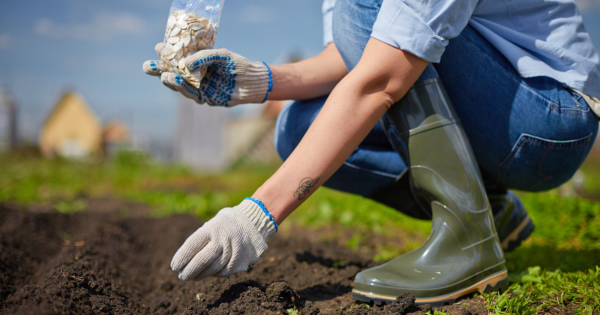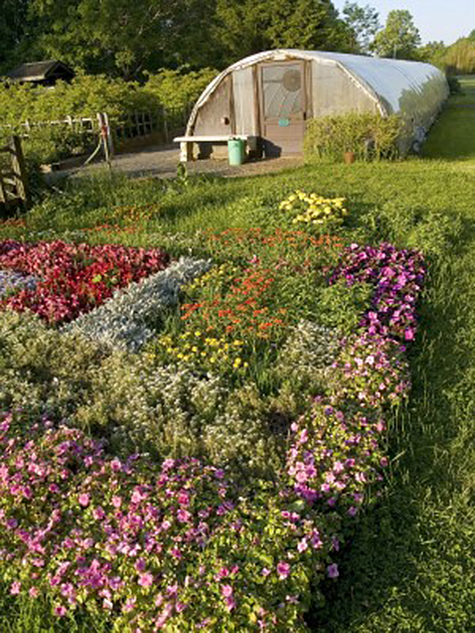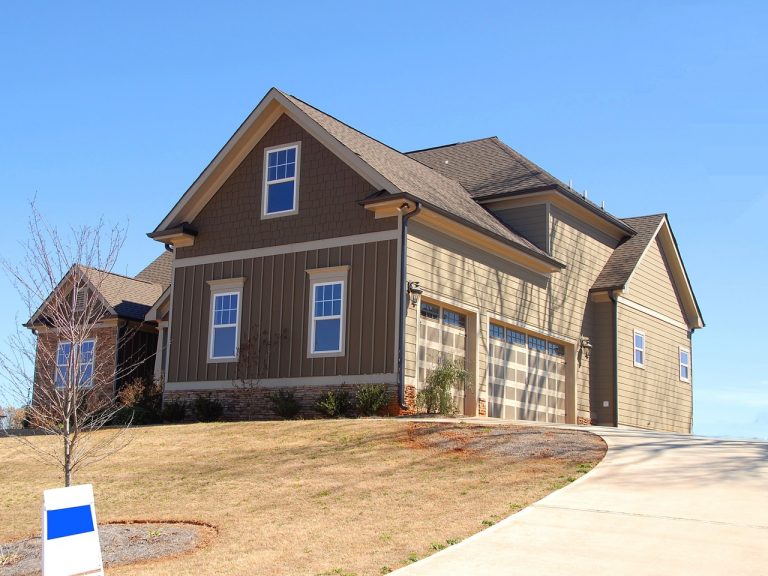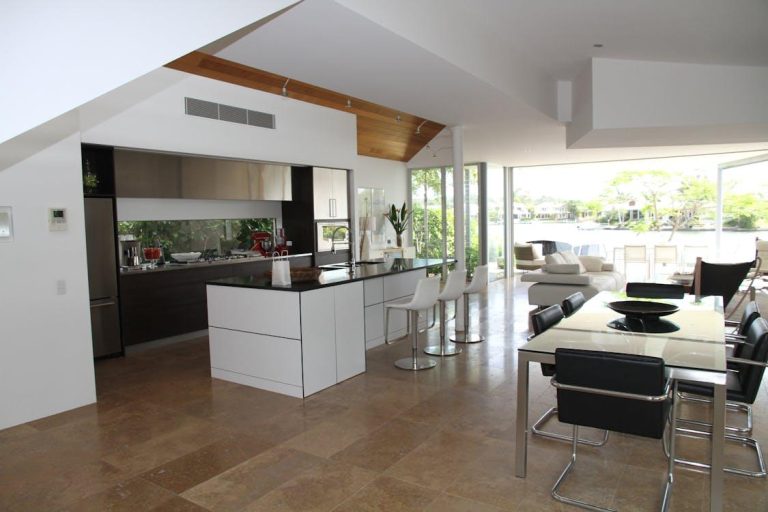Easy Ways to Make Your Home Greener
This post contains affiliate links. Click here to read my affiliate policy.
Last Updated on June 11, 2025
Making your home greener not only benefits the environment but can also lead to a healthier and more cost-efficient living space. Many homeowners may feel overwhelmed by the prospect of going green, thinking it involves drastic changes. However, there are several simple and effective methods you can employ to make your home more environmentally friendly without breaking the bank or your back. In this article, we will explore easy ways to make your home greener and discuss practical steps you can take today.
Improve Air Quality Indoors
One of the key aspects of creating a greener home is improving indoor air quality. Poor air quality can lead to various health issues, including allergies and respiratory problems. Researchers have found that mold is prevalent in almost half of the residential buildings in the United States, according to data from Ruby Home. To combat this, regularly inspect and clean damp areas in your home, such as basements and bathrooms, to prevent mold formation. Additionally, incorporating houseplants like snake plants and spider plants can naturally purify the air by absorbing toxins and releasing oxygen.
Enhancing indoor air quality also involves reducing the use of harmful chemicals. Many common household cleaning products release volatile organic compounds (VOCs), which can be detrimental to health. Opt for eco-friendly cleaning solutions that use natural ingredients, thereby minimizing the emission of VOCs. You can easily make your own cleaning agents using everyday items like vinegar, baking soda, and lemon juice, which are not only effective but also safe for the environment.
Save Energy Efficiently
Reducing energy consumption is one of the easiest ways to make your home more sustainable. Begin by replacing traditional incandescent bulbs with energy-efficient LED lights, which consume up to 80% less energy and have a longer lifespan. Not only do LEDs reduce your electricity bill, but they also decrease the demand for power, contributing to a lower carbon footprint. Moreover, installing a programmable thermostat can optimize energy usage by adjusting temperatures according to your schedule, ensuring that energy is not wasted when you’re not at home.
Appliances play a crucial role in energy consumption, so choosing energy-efficient versions can have a substantial impact. Look for appliances with the Energy Star label, which indicates they meet strict energy efficiency guidelines set by the U.S. Environmental Protection Agency. By upgrading to energy-efficient appliances, you can save on energy costs and contribute to a cleaner environment.
Manage Water Wisely
Water conservation is an essential aspect of creating an eco-friendly home. Simple changes in daily habits can lead to significant water savings. For instance, turning off the tap while brushing your teeth or shaving can conserve gallons of water each day. Additionally, fixing leaks promptly, such as dripping faucets or running toilets, can prevent unnecessary water waste, further enhancing your home’s sustainability.
Installing water-efficient fixtures is another effective strategy to reduce water usage. Low-flow showerheads and faucets or dual-flush toilets are designed to use less water without compromising performance. According to HomeGuide.com, maintaining your home’s plumbing system, such as tile and grout cleaning in bathrooms, can cost anywhere from $20 to $350, which is a small investment for long-term savings. These upgrades not only decrease your water bill but also support the global effort to preserve freshwater resources.
Eco-Friendly Materials
Choosing eco-friendly materials for home improvement projects can significantly reduce the environmental impact of your living space. Opt for sustainably sourced materials, such as bamboo flooring or recycled glass countertops, which minimize resource depletion. Incorporating these materials not only adds aesthetic value to your home but also promotes a greener world.
When planning renovations, consider the long-term benefits of energy-efficient construction practices. According to the U.S. Census Bureau, construction spending in August 2024 reached an estimated annual rate of about $2 trillion, highlighting the importance of sustainable methods in such a booming industry. Utilizing energy-efficient building materials and techniques can decrease energy consumption, improve indoor air quality, and increase the property’s overall value. An emphasis on sustainability during construction leads to a more eco-conscious and resilient home.
Transforming your home into a greener and more sustainable space is a journey that begins with small, manageable steps. By enhancing indoor air quality, conserving energy and water, and selecting eco-friendly materials, you can create a healthier environment for yourself and future generations. These efforts not only reduce your household’s ecological footprint but also lead to cost savings and increased home value. Embrace these easy but impactful changes today and enjoy the benefits of a greener home that supports a healthier planet.






